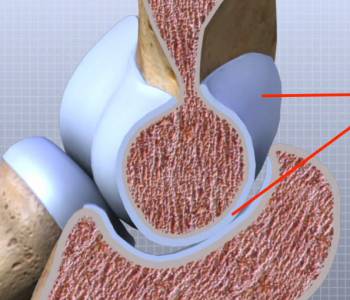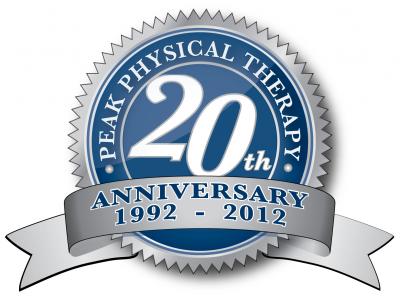Greetings
PEAK HAS BEEN BITTEN BY THE 3D BUG!
 3D technology – not just for the movies anymore! Over the past few months Peak Physical Therapy has been adding 3D anatomy videos to our patient education content. Click on the links below to see some of the new videos: Shoulder Anatomy,Ankle Anatomy, Knee Anatomy, Elbow Anatomy
3D technology – not just for the movies anymore! Over the past few months Peak Physical Therapy has been adding 3D anatomy videos to our patient education content. Click on the links below to see some of the new videos: Shoulder Anatomy,Ankle Anatomy, Knee Anatomy, Elbow Anatomy
As well, we published over 100 new articles to our website just this last month! Click on the links below to check them out: Calcific Tendonitis of the Shoulder, Tendonitis, Acquired Flatfoot Deformity, Spondyloarthropathies
This Months Featured Article: Backpacking
 As spring arrives, many people gear up for outdoor activities and a backpack is a constant companion for most of us. When used correctly, backpacks are a safe and effective way to carry school materials, laptops, and personal effects. They are also an important tool used during travel or hiking.
As spring arrives, many people gear up for outdoor activities and a backpack is a constant companion for most of us. When used correctly, backpacks are a safe and effective way to carry school materials, laptops, and personal effects. They are also an important tool used during travel or hiking.
Despite the obvious benefits of a backpack, carrying one incorrectly can lead to muscle strains and problems with posture.
The Peak Physical Therapy team can help you avoid unnecessary aches, pains and back problems by teaching you some basic do's and do not's.
Backpack weight can affect posture and alter muscle activity in the legs and cause back and shoulder discomfort. Fortunately, the Peak Physical Therapy team can help you recognize and reduce the risks of carrying a backpack, no matter what the activity!
Keep it light
Make sure your backpack is as light as possible. Try to avoid carrying unnecessary items, especially if they are heavy. Loads greater than 10% of body weight can change spinal alignment and normal muscle function in the body. Keeping backpacks light is especially important for children as establishing good, healthy habits at a young age can help prevent future issues. Be sure to check your children’s bags… you may be surprised at how heavy they are!
Respect the weight of your pack when you put it on and take it off. When picking up a heavy backpack, be sure to bend at the knees and avoid excessive twisting when placing your arms through the straps.
Make it fit
Next, adjust the backpack to achieve the best possible fit, which will allow for proper weight distribution. Backpack weight should be distributed over the mid- to lower back to minimize effects on posture. Modify the strap lengths so that the pack fits securely but does not sit too high on the back. Most importantly, your bag should feel comfortable to you! Backpacks should be worn over both shoulders, not just one, to prevent one sided weight distribution. Items with the heaviest weight should be at the bottom of the bag.
New features
If your backpack includes a waist or chest belt, use it! Waist and chest belts are great features, so look for them in your next backpack upgrade. These belts help to distribute weight more evenly across the back and onto the hips. Padded straps and back support are other great features, which allow for increased comfort and better weight distribution. If you or your child must carry a heavy backpack (or any backpack for a long period of time), consider using a backpack with a retractable handle and wheels, which allows it to be pulled along rather than carried.
Happy 20th Anniversary Peak!

Thank YOU for 20 Great Years!
Peak Physical Therapy is proud to be serving Lethbridge and the surrounding communities for 20 great years!